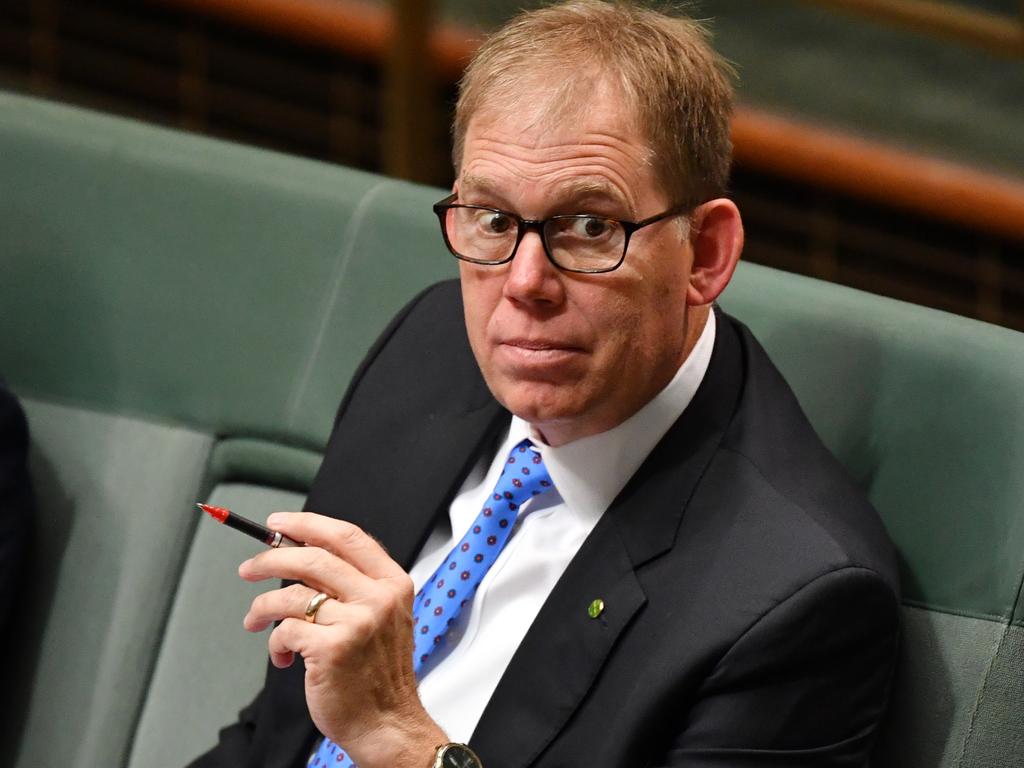Major miners push for net-zero carbon emissions by 2050
BHP, Rio Tinto, Whitehaven endorse net-zero by 2050 as government ups funding for carbon-capture and storage.

The Minerals Council of Australia – which represents major resources companies including BHP, Rio Tinto and Whitehaven Coal – has endorsed a net-zero by 2050 target as the Morrison government accelerates funding for carbon-capture and storage to reduce emissions on resources projects.
MCA chief executive Tania Constable said the sector had brought forward its previous ambition to achieve net-zero in the second half of the century, which was in line with the Paris Agreement.
Ms Constable said CCS technology would be essential for the mining sector to achieve carbon neutrality by 2050, saying there would still be a bright future for coal exports in a decarbonising world. “It is a target. We have now set a date,” she said.
“We have now set an ambition out to 2050 which is a considerable step further than where we were on net-zero emissions.
“And the reason for that is we have now done the work we think is required to understand the costs and the pathway as a whole for the sectors.
“Coal has been part of the discussion that we have had on this new target. Coal has its own technology pathway. Its pathway is relying on carbon capture and storage and hydrogen.”
In 2019, BHP faced shareholder pressure to quit the MCA because the lobby group was at odds with the company’s commitment to net-zero emissions by 2050.
CCS technology captures the carbon emissions of projects and stores it in the ground, ensuring the element does not enter the atmosphere and contribute to global warming.
On Friday, Energy Minister Angus Taylor will unveil an expansion of the Emissions Reduction Fund and make CCS projects eligible for trading credits.
Each tradeable credit is distributed by the government for a tonne of carbon emissions avoided, with its holders able to sell them on the market for a profit.
Large-scale carbon capture and storage projects will be added to the carbon credit system. From next year, tradeable credits will be extended to electric vehicle charging stations, hydrogen, integrated farming and fire management.
Mr Taylor said CCS would help create blue hydrogen using coal and gas. He said it would enable Australia to “scale up” gas production. “The new ERF method will incentive emissions reductions from a range of energy-intensive sectors including LNG production, which currently accounts for around 10 per cent of Australia’s emissions,” Mr Taylor said.
“Our north Asian trading partners are relying on gas to reduce their emissions and provide affordable and reliable energy to power their economies.
“This world-first, government-developed method will position Australia to scale up clean LNG production and make use of our abundant geological storage potential.”
On Thursday, Mr Taylor announced a $250m investment in a CCS Hubs and Technologies Program to “turbocharge” development of the technology.
Meanwhile, Nationals leader Matt Canavan has used Scott Morrison’s own words to call on the government to release modelling showing the full economic cost of backing net-zero emissions by 2050.
Senator Canavan said the Prime Minister should release full economic modelling if he backs the 2050 target, given his criticisms of the economic cost of the 45 per cent 2030 target Labor took to the last election.
In a speech ahead of the 2019 election, Mr Morrison said Labor’s target would cost the economy $472bn, slash 336,000 jobs, cut the average wage by $9000 and increase wholesale electricity prices by 58 per cent. “That’s not a sensible target. It is a reckless target,” Mr Morrison said in February 2019.
The Morrison government has not criticised the NSW government’s 50 per cent 2030 target, which is higher than the one Labor proposed at the last election. “If we don’t produce economic modelling on the cost of net-zero then we have got a lot of explaining to do,” Senator Canavan said. “Why was it okay for us to model the impact of Labor’s 45 per cent emissions reduction cost but not any modelling on a government policy to do more than double that cut in emissions?”








To join the conversation, please log in. Don't have an account? Register
Join the conversation, you are commenting as Logout